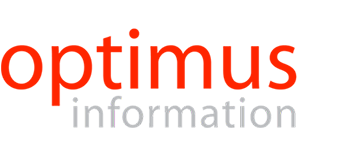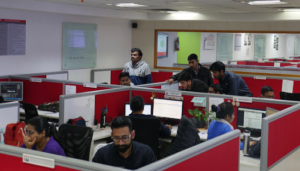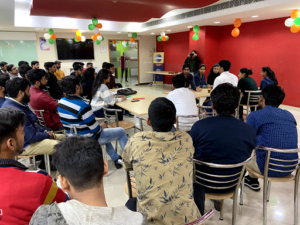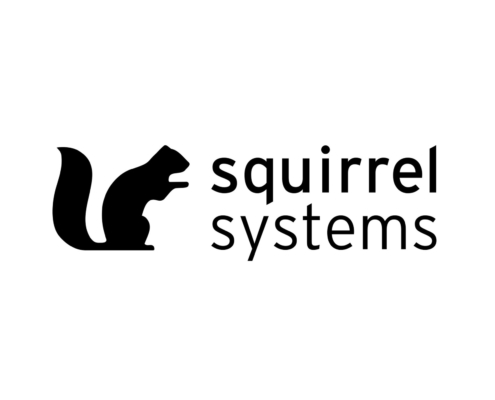Collaboration is a top priority for many organizations and business leaders. At Optimus, collaboration is integral to office culture and how we evolve and stay flexible. Collaboration within the workplace elevates the group as a whole. We are better able to solve problems and serve our clients by incorporating technology into our collaborative practices.
Open Communication
Every desk in the Noida office is in an open work-space which provides easy communication between all members of a team. This helps facilitate the daily huddles that happen between team leads and their members. Firstly, a detailed plan executes all tasks. Following that, each individual takes responsibility for their sections and logs their efforts. A retrospective meeting addresses what can be improved.
Our two offices have weekly check-ins to maintain clear communication of projects and keep up to date on their status. Leads of test and development meet to converse on the status of projects, and what challenges need to be addressed. Furthermore, clients are kept up to date through weekly status reports which analyze what work has been completed, where efforts were directed for the week, along with dependencies for the clients to act upon.
Collaboration Across Time Zones and Platforms
Optimus Information uses technology to come together and spread information across a multitude of platforms. For instance, internally you can see birthday messages posted on Google Plus, schedule a meeting overseas through Zoom, keep up to date with your colleagues through Slack, and track your metrics on Zoho. Moreover, the use of Azure boards provides lucidity in work. A ticketing system assigns a ticket to each collaborator amongst the projects.
Through this common board, collaborators can see which tickets are assigned to whom, and what the progress is on each task. As a result, allocating tickets is based on individual capacity along with how many projects they are working on. In addition to filters, there are separate boards per project. These boards optimize differentiation and keep an organized way of merging a multitude of channels. Technology and collaboration in the workplace happen homogeneously. To reach overseas, Zoom ensures all calls are easily accessible. This allows for the Vancouver and Noida office to have a seamless partnership.
Technology is constantly evolving. In order for a company to remain at the forefront of the industry, information must be accurate and up to date. Collaboration allows for knowledge to be shared, cultivating a culture of continuous learning. Optimus utilizes technology to pass forward the information efficiently. Each individual has their own strengths, and by combining their unique standpoints it accelerates the achievement of common goals.



